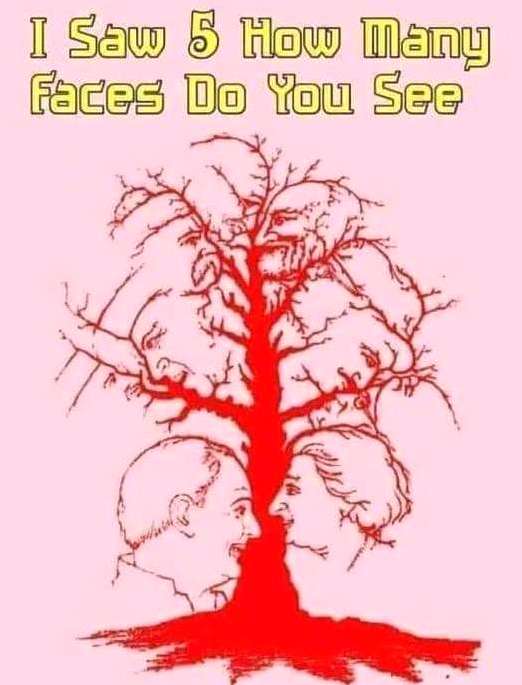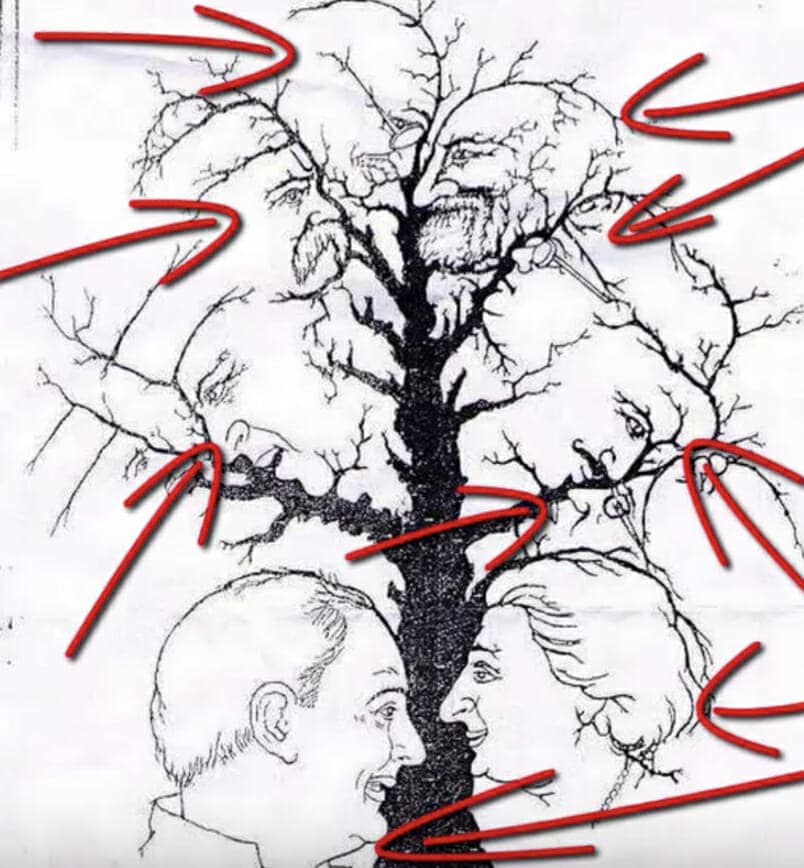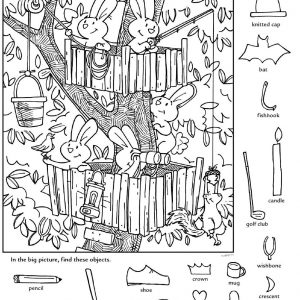Unlocking the Secrets of the Five-Face Tree: A Deep Dive into Hidden-Face Illusions
Hidden-face illusions fascinate us because they turn ordinary images into playgrounds for the brain. In this viral example, a stark red tree stands against a pale backdrop—but peer closely, and you’ll uncover five distinct faces artfully woven into its bark and branches. On the surface, it’s a striking tree illustration; beneath that, a visual puzzle that challenges your perception and rewards your patience.
Let’s explore how this clever design works, why our brains love deciphering hidden faces, and how you can train your own mind to spot every secret silhouette tucked within the tree’s sprawling canopy.

The Five-Face Tree Unveiled
At first glance, the red trunk and fine network of twigs resemble a stylized tree. Yet a closer look reveals two large profiles facing each other at the base—an elderly man on the right and an elderly woman on the left—forming the tree’s sturdy trunk. Above them, subtly curved branches craft two more side profiles, and right at the tree’s crown emerges a fifth, more elusive visage. The artist has carefully aligned lines and negative space so that human faces suddenly emerge from what seems like random splashes of color.
The Psychology Behind Hidden-Face Illusions
Why do we instinctively spot faces among trees, clouds, or building facades? This phenomenon, known as pareidolia, taps into our brain’s face-detection machinery:
- Survival Instinct: Recognizing another face quickly was crucial in our evolutionary past—spot friends, foes, or predators in low light or foliage.
- Face-Sensitive Regions: Neuroscience points to specialized areas (the fusiform face area) that fire when we see eyes, noses, or mouths aligned in a face-like arrangement.
- Pattern Seeking: Our minds constantly search for meaning in randomness. A few curves might suggest an eye; a corner might read as a nostril.
How to Find All Five Faces
- Start at the Trunk (Faces One and Two): Focus on the widest part of the image. Here, two elderly profiles face one another—look for the hairline, nose bridge, and chin defining each head.
- Scan the Lower Branches (Faces Three and Four): Move upward to where thick branches split off. On each side, slight indentations and curves become second-tier faces. These are smaller and require attention to subtle outlines.
- Top of the Canopy (Face Five): Finally, the apex of the tree contains the most concealed face. Look for a central, heart-shaped cluster of twigs that outline brow, eyes, and mouth. Use peripheral vision to detect symmetrical shapes.

Developing Your Visual Acuity with Hidden-Face Puzzles
Engaging with illusions like the Five-Face Tree does more than entertain—it hones essential cognitive skills:
- Enhanced Attention to Detail: You learn to slow down, scrutinize line by line, and resist jumping to conclusions.
- Pattern Recognition Mastery: These exercises train your brain to see meaningful shapes in complex, noisy backgrounds.
- Boosted Creativity: Switching between literal tree interpretation and face detection fosters flexible thinking.
Practical Tips for Solving Hidden-Face Challenges
- Divide and Conquer: Mentally section the image into horizontal bands—base, mid-section, canopy—and search each systematically.
- Use a “What-If” Lens: Ask yourself, “Could that curve be an eyelid? That knot a cheekbone?” Framing possibilities primes your mind to recognize faces.
- Shift Focus: If you’re stuck, blur your eyes slightly or step back. Perception can shift when details soften.
- Patience Pays: The more time you spend, the more the brain tunes into subtle visual cues. Rushed scanning often misses the most cleverly hidden faces.

Why Optical Illusions Matter in Everyday Life
Hidden-face puzzles aren’t just party tricks—they translate to real-world benefits:
- Design and Art: Graphic designers and artists use pareidolia to craft compelling visuals that reward viewers’ curiosity.
- Situational Awareness: Training your mind to spot patterns enhances observation skills essential in fields like medicine, law enforcement, and aviation.
- Mindfulness and Stress Relief: Immersing yourself in a captivating visual puzzle can be meditative, calming racing thoughts and sharpening focus.

Conclusion: Seeing Beyond the Surface
The Five-Face Tree reminds us that perception is not a passive process—it’s an active search for meaning. By training our eyes to detect hidden faces, we strengthen attention, ignite creativity, and embrace the joy of discovery. Next time you scroll past an intriguing illustration, pause. Look again. You never know how many hidden faces—or unexpected wonders—you might find.





